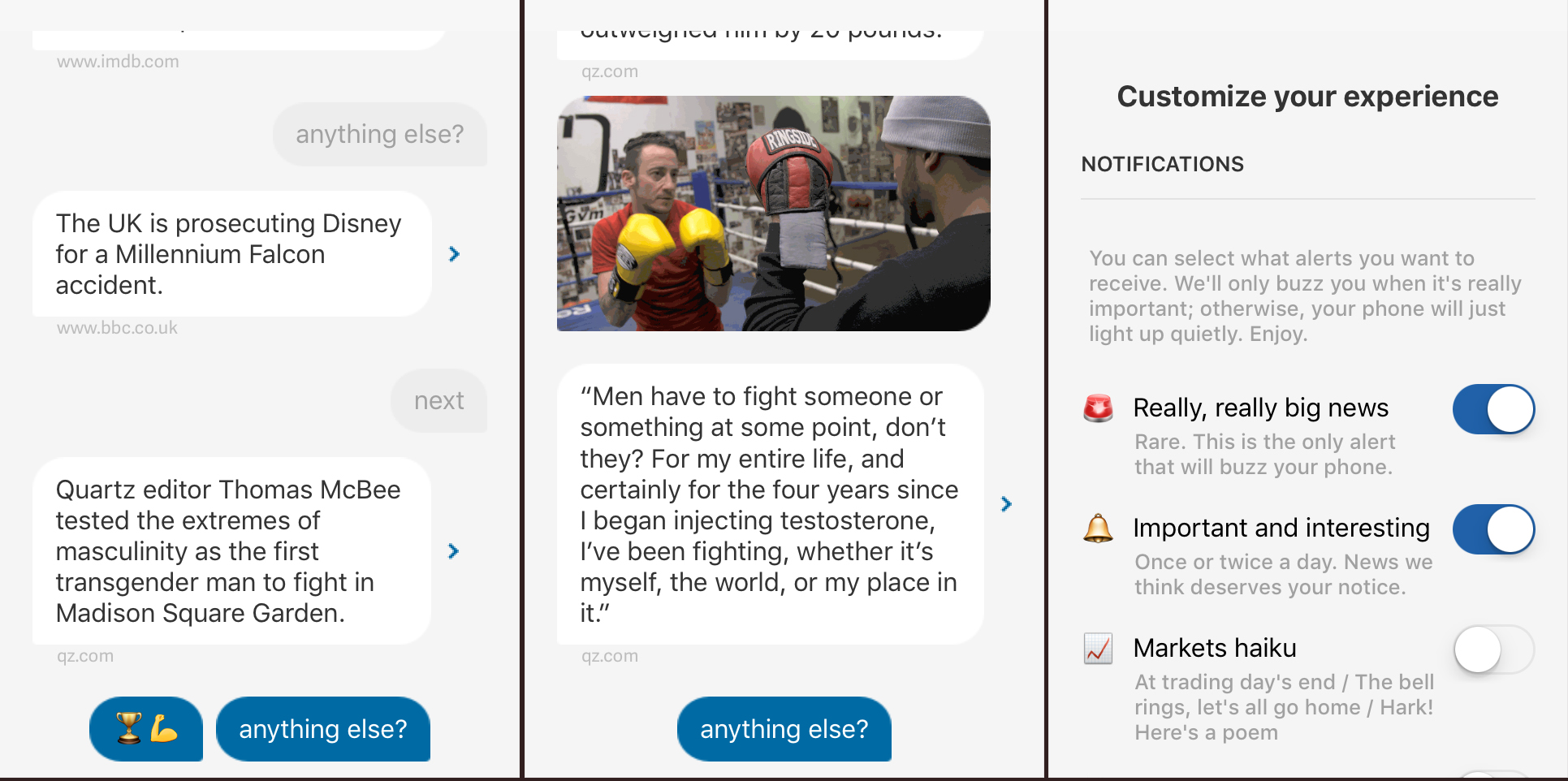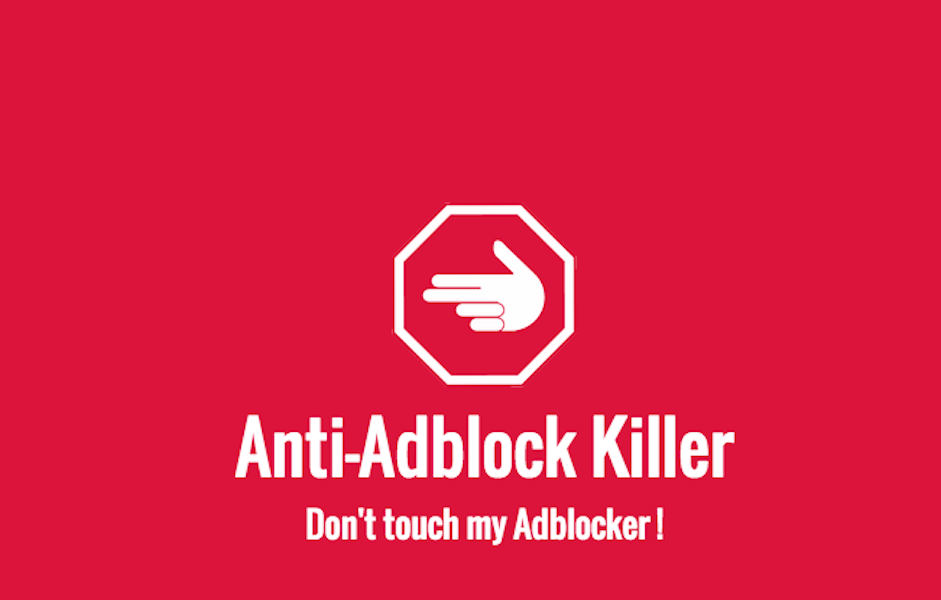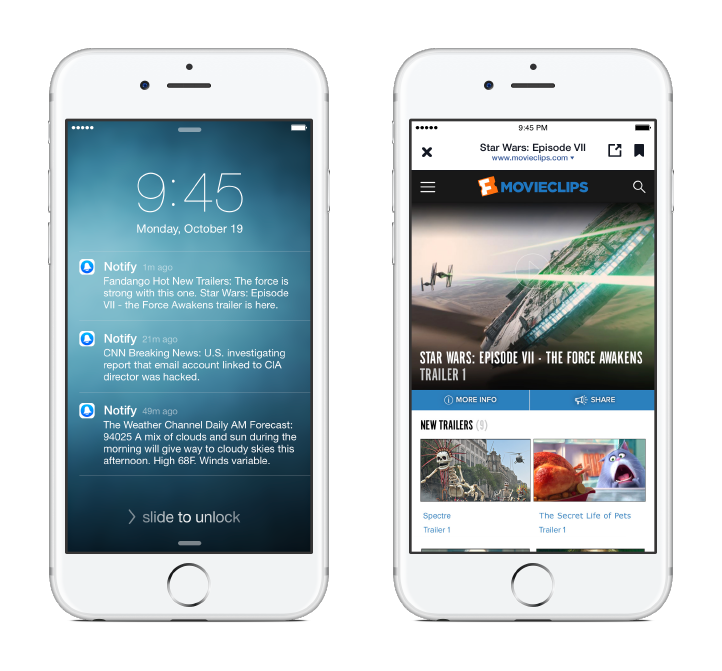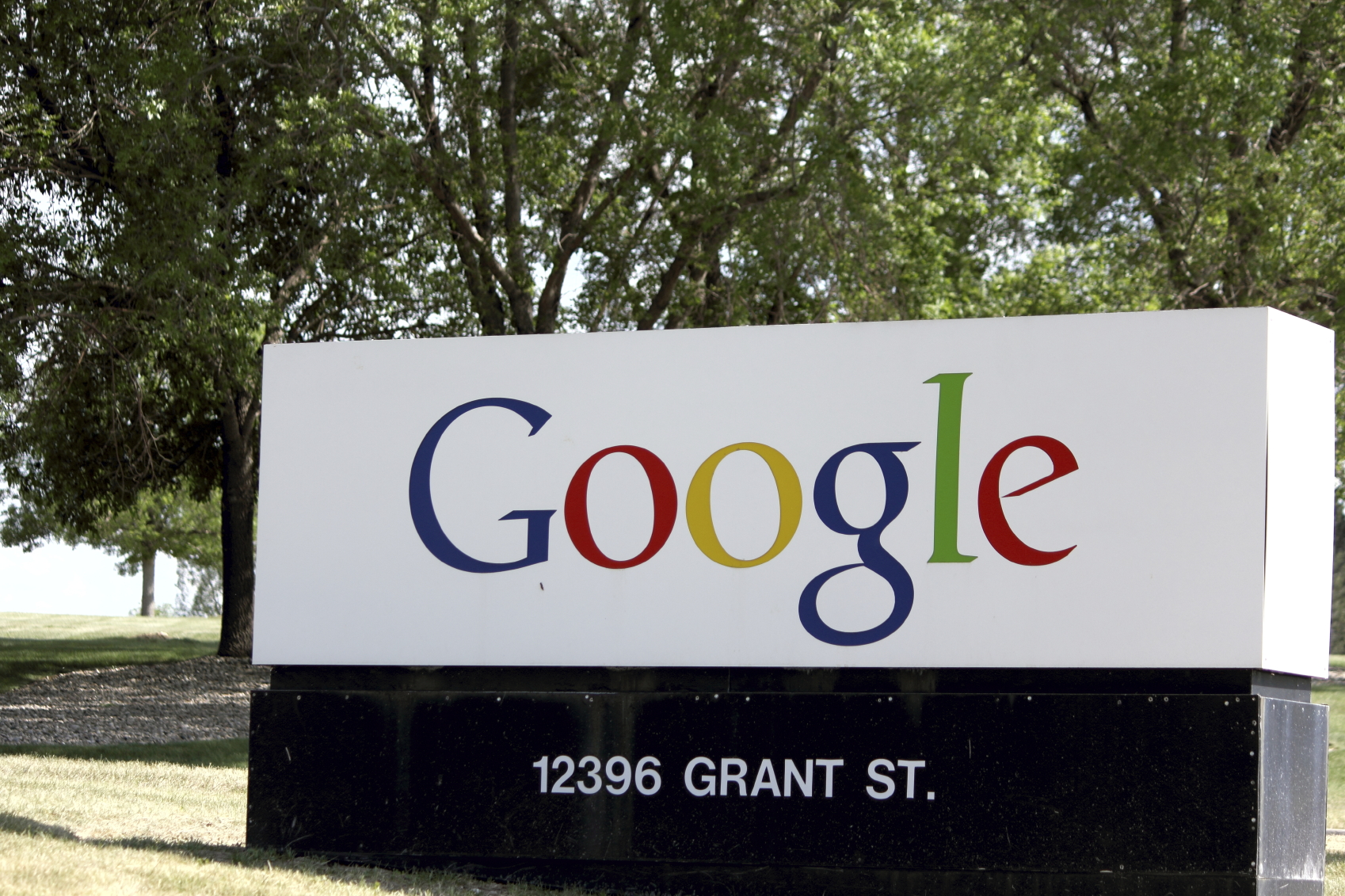What Happened
In recent months, ad-blocking has become a hot topic among advertisers and online publishers, thanks to Apple’s decision of adding ad-blocking Safari extensions in iOS 9. According to a report from Adobe and PageFair, ad-blockers have claimed 198 million active global users as of June 2015, and that number is expected to double by the end of this year. Therefore, it is no surprise that some major online publishers have started taking active measures to fight off ad-blockers with varied degrees of aggressiveness. Here’s a roundup.
• Forbes and GQ are among the most forceful in their stance against ad-blocking. The two sites have been preventing ad-blocker users from accessing their content completely, instead displaying a page asking them to disable their ad blockers or join their memberships.
• Slate is taking a slightly gentler approach, nudging its readers to turn off their ad-blockers or sign up for membership with a subtle banner at the bottom of its pages. The publisher is also reportedly working on eliminating intrusive ads on its site.
• Huffington Post is working with parent company AOL’s user experience team to monitor its sites and remove ads that are deemed intrusive or dissatisfactory, while also making sure its native ads are clearly disclosed. It has also set up a task force to learn about ad-blocker usage on a global scale.
• Bloomberg also aims to fight ad-blockers by focusing on improving the ad experience for readers, cleaning up its ad placement and design with more white space, less animation and more lower-case fonts.
• Imgur is hoping to make a case for disabling ad-blockers on it site by delivering true user value with its native ads. The image-sharing site is pairing advertisers with its in-house creatives to ensure the messaging and design are fit for its site.
What Brands Need To Do
As online publishers experiment with various ways to combat ad-blocking and attempt to reclaim their lost ad revenues, brands also need to figure out a communications strategy that will get their brand messages across and not blocked. While denying access may work wonders in the short-term (Forbes cites 44% of users complied and disabled their ad-blockers for access), it is hardly a sustainable approach. Instead, brands need to work on winning the consumer trust with more than just annoying pop-ups or intrusive interstitials. Actively working with content partners to create branded content that are entertaining, engaging, or informative would be the key to convince today’s consumers to turn off their ad-blockers.
Source: Digiday










